Being a teacher can be a very fulfilling profession. However, it can also be a very challenging on at times, too.
From all the paperwork, grading, planning, and everything else that is needed to serve your class and help them learn. One other thing that can really challenge us as teachers is our students, particularly those with behavior problems.
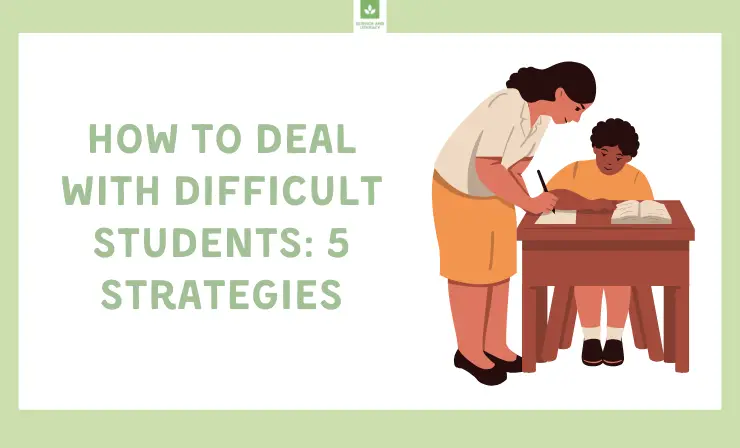
Over my years in the classroom, I’ve certainly had my fair share of difficult students. If you feel at a loss about what to do to help your students learn and manage their behaviors, you’re not alone. School-wide behavior programs can help, but there are other things that you as the teacher can be doing with your students.
I decided to put this article together to help share some strategies and tips that have worked for me when working with disruptive students. According to statistical odds, it is likely that approximately 10% of your school’s population is facing serious mental health problems, violence or abuse at home, neglect, food uncertainty, or trauma.
When students are facing severe trauma or stressors, their brains aren’t able to learn. The key is to learn how to reach beyond these stressors that children are facing and help them learn how to regulate their behaviors and emotions. This is when the learning will be able to occur.
Continue reading, and you will know:
- The different types of difficult students→
- Common reasons behind the destructive behavior→
- How to improve communication and prevent challenging situations→
- Strategies to help you manage behavior problems in the classroom→
4 Types of Difficult Students
If you’ve been in the classroom for even just a few months, you’ve likely had a least a few difficult students. While you many not be familiar with the formal names for the different categories of difficult students, I’m pretty sure some of them will sound familiar as you read.
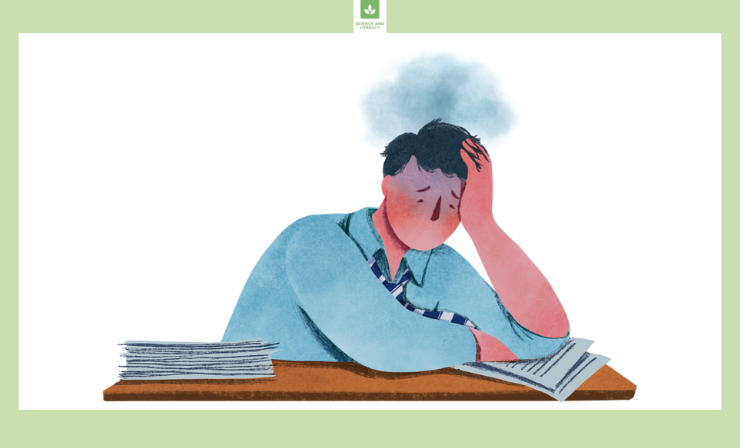
Here are some of the main different types of difficult students:
- Disruptive students: As their name suggests, disruptive students are those who are frequently disrupting your teaching or the other students in the classroom. The exact behaviors that are displayed, can vary depending on the student, but may include calling out, walking around the room, interrupting others from doing their work, and more.
- Defiant students: Defiant students are those who refuse to follow your directions. The level of defiance, again, can vary, but may include refusing to complete their work, refusing to follow classroom rules, or just a general refusal to do anything you ask. This level of defiance can also vary throughout the day or week, even for the same student.
- Inattentive students: Inattentive students are distracted and not engaged in learning. It is probably clear to you that they aren’t paying attention, but you can’t seem to get them to follow along with your lessons.
- Students displaying apathy: Apathy refers to a lack of caring. Apathetic students may convey to you that they just don’t care how well they do in school, whether they follow the rules, or about any of the consequences you bring up.
7 Common Reasons Behind the Destructive Behavior
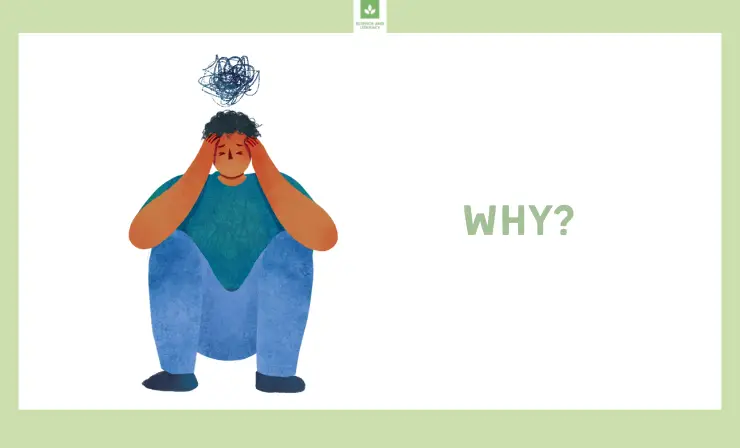
Unfortunately, there is not just one reason that students are disruptive or destructive in class. Here are some of the potential cause of behavior problems in your students:
- Anxiety
- Processing disorders
- Learning disorders
- ADHD
- Depression
- Past or current trauma
- Autism
How to Improve Communication in Class and Prevent Difficult Situations
Now that we’ve discussed some of the possible reasons behind the behavior of your students, you may be feeling at a loss for how to regain control of your classroom and help your students focus on the lesson.
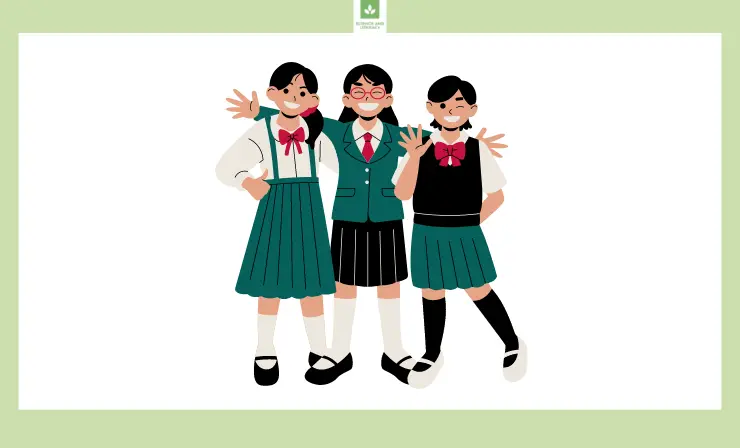
As a teacher, your job is to coach your students and teaching them how to act responsibly. This is a big task and there is no ‘one’ thing you need to do. Every child is different and will require individual attention and support, but here are a few things you can do that should help improve your classroom and how your students behave:
- Let your students know that their emotions are important and valid. Help them learn how to talk about and describe their emotions using clear and direct language, and in a calm manner.
- Understand that you will need to get to the underlying cause of your students’ misbehavior to really address or extinguish negative behaviors, such as bullying, defiance, or aggression.
- Explicitly teach and model conflict resolution skills to your students. Examples include teaching students to take deep breaths or count to 10 before responding, modeling showing respect and empathy when sharing a problem or concern, and repeating what the other person you’re speaking with said.
- Focus a lot of your attention on rewarding the students who are doing the right things. Giving them positive attention can help behavior problem students see that they can still get the attention they’re seeking when they too listen and follow the expectations.
- Set clear expectations for your students and stick to them. Make sure students know what the rules are and be consistent with enforcing them.
- Make sure that the directions you are giving your students for independent work time are clear and easy to understand. You should also make sure that all the students in your room are able to hear you clearly so they understand what they are doing. A voice amplifier can help you save your voice while also ensuring it travels through the room for all to hear clearly.
- Make sure that consequences are immediate (or as close to immediate as you can get). This will help ensure that your students associate the consequences with the behavior that you are trying to eliminate. Without a clear connection, it is less likely that their behavior will change.
The video below shares some additional tips that may help you work with and manage the behavior of your students. Watch closely for tips that apply to the students currently in your class that need some additional support.
What tips did you hear that you think will help your students? Are you ready to implement them and see the difference they make?
5 Strategies for Behavior Problems in the Classroom
The strategies below can help you manage and change the more extreme and difficult behaviors that some of your students may be exhibiting. Consider the types of behaviors your students are displaying and choose a few strategies to try that you think will be best in your situation.
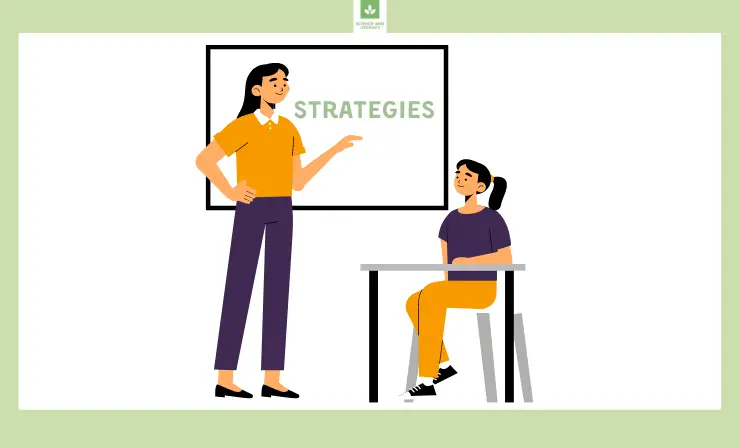
- Keep yourself calm: Despite how challenging it can be to stay calm in the moment, doing so is very important. It can help to de-escalate problem behaviors. Conversely, losing your temper can escalate the situation and cause the behavior to get worse.
- Be consistent: Develop a plan and communicate consequences to students upfront. Then, when faced with a challenging student, stick with your plan and follow through with the consequences you’ve already communicated to the class. Failing to be consistent will just tell students that they may be able to get away with more.
- Involve students in creating rules: At the beginning of the school year or semester, have your students work with you to develop the list of classroom rules and expectations. This can help them feel more vested and committed to following the rules. Remember to also periodically review the rules together as a class.
- Document problematic behaviors: If you have students with more extreme or disruptive behaviors, start a behavior log to document them. Record the date, time, and behavior, as well as what happened before and after the behavior was displayed. This information can be helpful if you need to refer a student for administrative support or an Individualized Education Plan.
- Reward positive behavior: Another behavior management strategy is to come up with a classroom reward system for students who are exhibiting the positive behaviors you’re looking for. For example, you could consider handing out “Classroom Cash” for students to spend at your class store. This can motivate students to listen and follow directions so that they’ll earn rewards too.You could buy small trinkets for your class store, or consider other rewards, such as extra time to play a game on the computer—don’t forget to pick up some headphones so the students don’t disturb others in the class as they play.
If you’re looking for more strategies to help you learn how to deal with behavior problem students, I’d recommend watching this video. Amanda, the teacher in the video, has some very helpful tips that you can apply in your classroom.
I also found this video from Tips 4 Teachers to be quite informative. In it, a behavior expert, Sue Cowley, shares 8 different techniques that can help you bring order back into your classroom.
Now that you have more tips and suggestions, does managing your students’ behavior seem more doable? I have confidence in you, make sure that you believe in yourself as well, too!
Useful Resources
- How To Get A Noisy Classroom’s Attention
- Emotional Learning For Students
- How To Improve Discipline
- Conflict Resolution Techniques
Conclusion
Finding the right strategies to inspire your students and help them learn self-control can go a long way in helping you learn how to deal with behavior problem students. I hope you found the ideas and suggestions that I shared above helpful. Try them out with your students, and remember to be patient. Major change could take time, but you should likely see some smaller changes beginning to occur.
- Overview of 22 Low-Code Agencies for MVP, Web, or Mobile App Development - October 23, 2024
- Tips to Inspire Your Young Child to Pursue a Career in Nursing - July 24, 2024
- How Parents Can Advocate for Their Children’s Journey into Forensic Nursing - July 24, 2024

You wrote about the need to reward students for their succes. Could this have a negative effect on difficult students?
It is very important to treat all students equally, even if they cause problems. I usually praise difficult students even for small achievements because they need to put more effort than others. But try not to overdo it. For reward I always have a bunch of cute and funny stickers. I stick them on the work if the student did a good job. This is an easy way to pay attention to good behavior or grades. My class loves it!